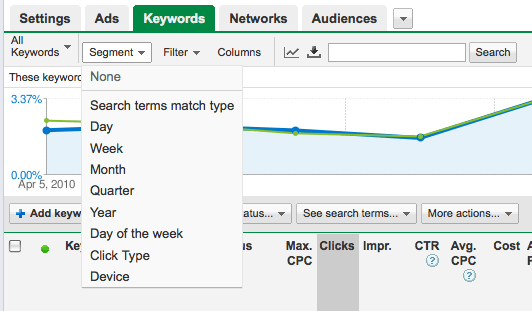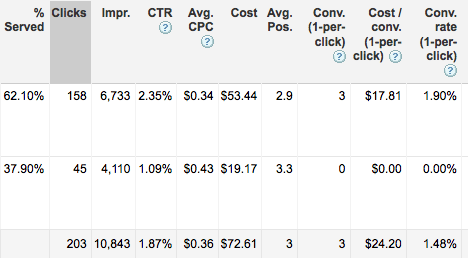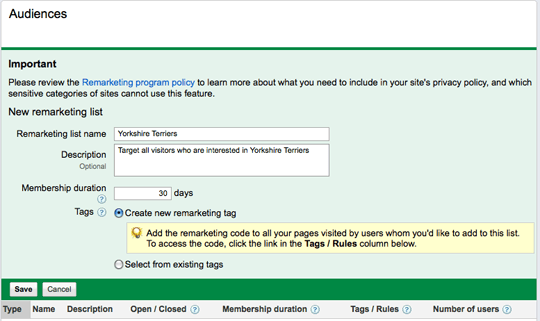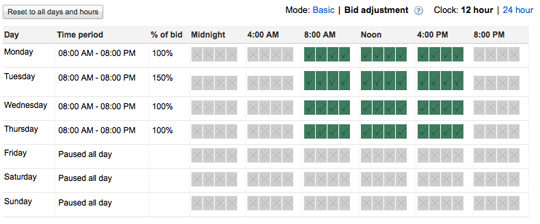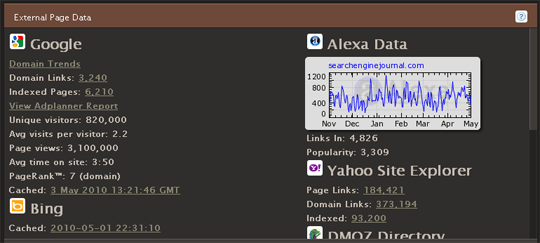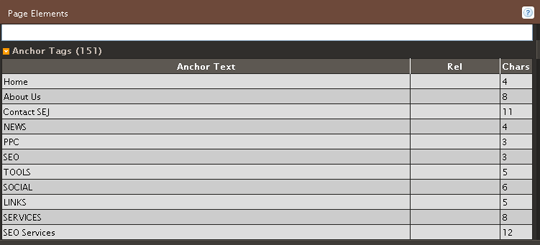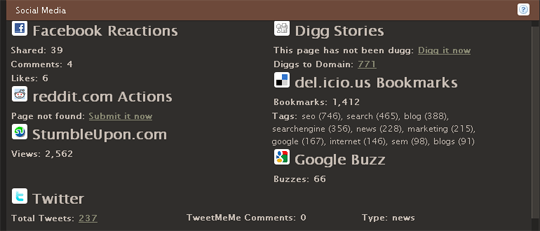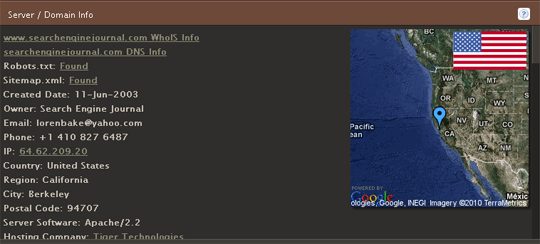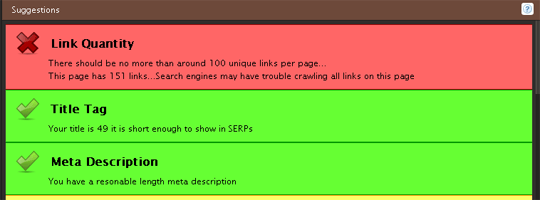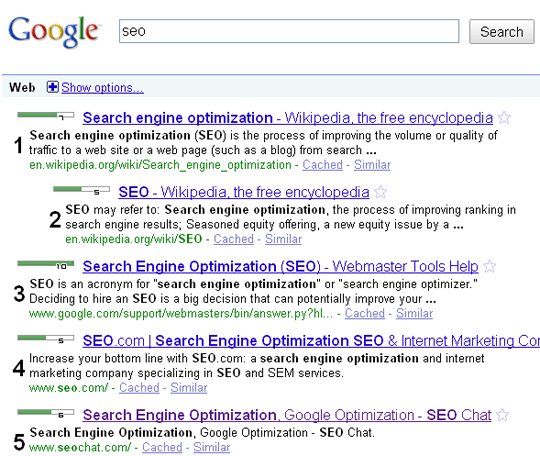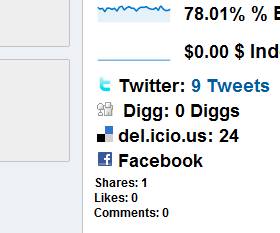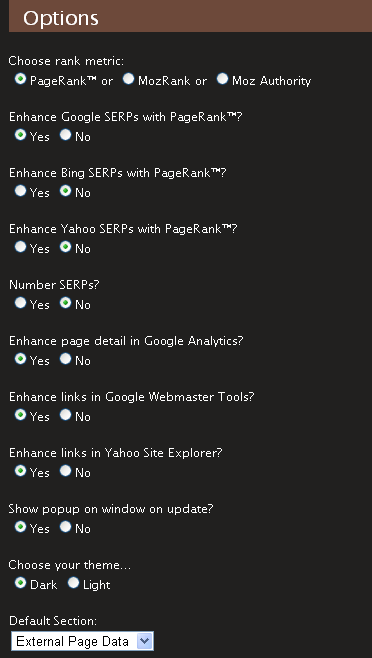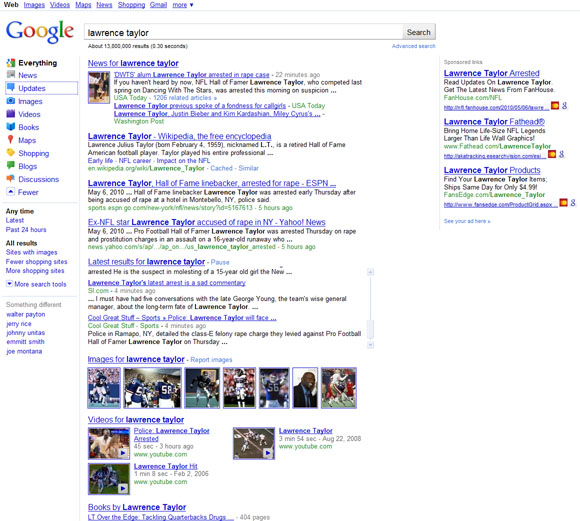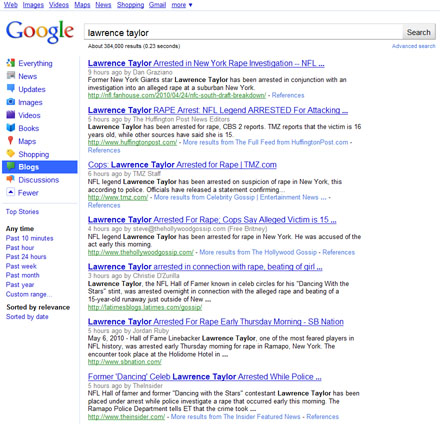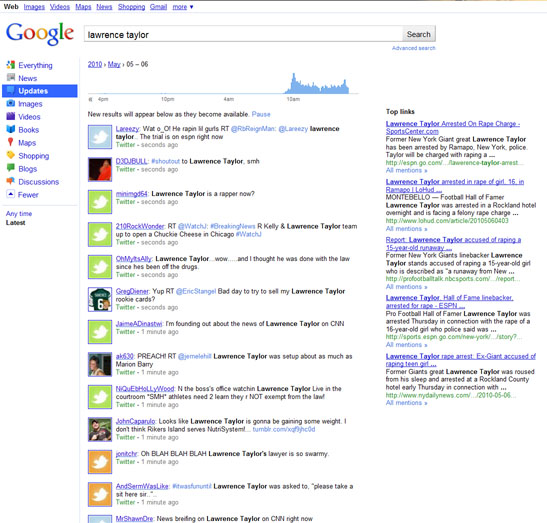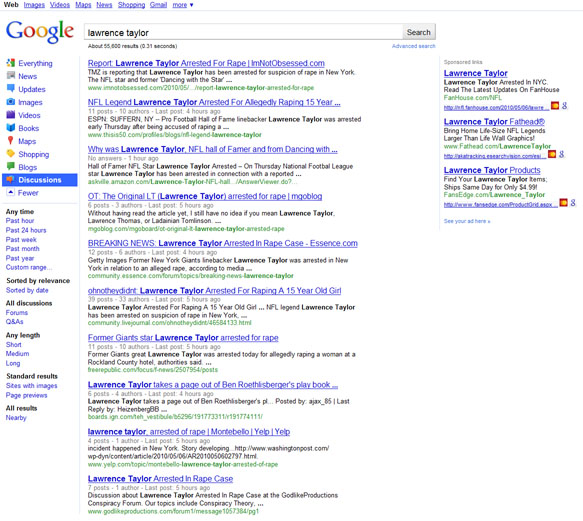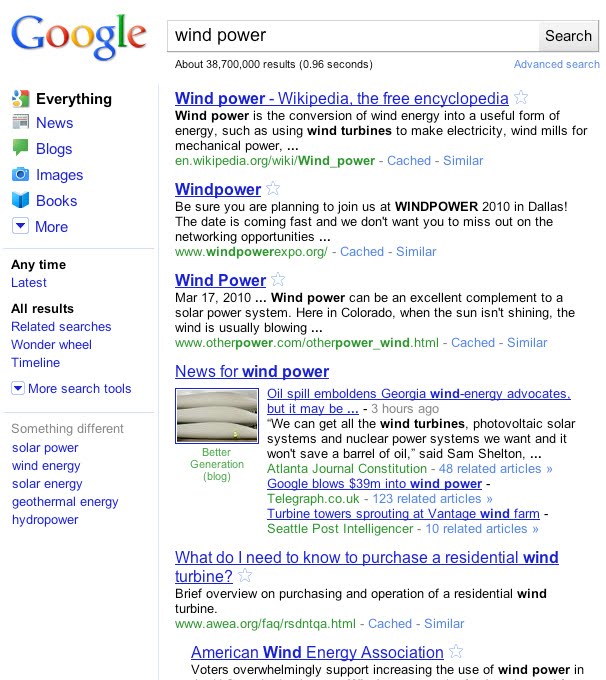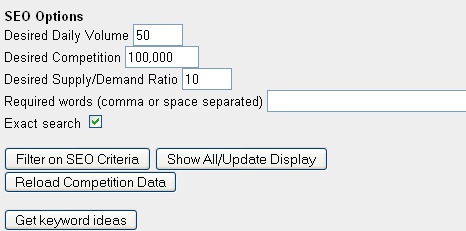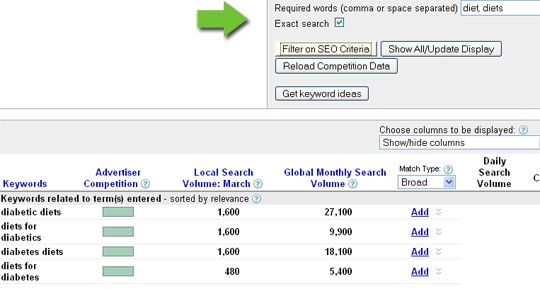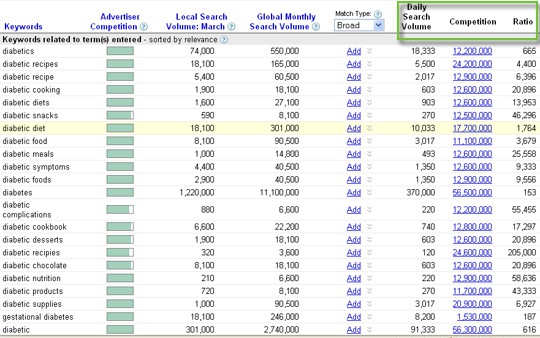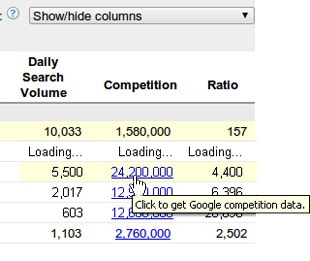One of the most important factors of a successful PPC campaign is writing successful ad copy. You can spend a good deal of time on other aspects of your campaign but skimp on the ad copy and you might not get the results you're looking for. This two-part article will review several tips for crafting high performing ad copy and methods for testing its effectiveness.
Managing paid advertising on the search engines can be tricky. The little boxes of ads seem innocuous, but many advertisers don't effectively capitalize on SEM (Search Engine Marketing) opportunities. One way to make a big difference in paid search campaigns is with ad copy. Here are several pointers to get your ad copy right!
1. Qualifications and Guarantees: Another way to help your searchers feel a little more comfortable about clicking on your ad is to state any qualifications or guarantees you have. Are you a certified professional? Are you an award winner? Do you offer a money back guarantee? Answering these questions might be enough to get a click.
2. Use of Exclamation Points: When I first tried this experiment, I guess was disappointed to find out that people really do respond to exclamation points!!!!
.
3. Dangling Top: Create an ad version where the top description line extends past the bottom description line.
4. Display URL in Title Case : This technique can call out your brand a bit.In cases where your domain actually has some keyword value/keyword association, this Title Case technique can have an even greater impact.
5. Question Mark in Heading - Ask the Question: Another way to set up your headline is to simply ask a question that gets the searcher thinking. You might be surprised if you ask a compelling question and then follow up in your description with some compelling answers. This can also help make your headline stick out especially if your competition is employing the keyword insertion method.
6. Include prices and promotions in title or text copy for store product if we offer study guides at cheapest rates:
7. Use a strong call-to-action: Enroll Now, Buy, Purchase, Call today, Order, Browse, Sign up, and Get a quote - Promotions and sales capture people's attention. If you have a giveaway or a product that's on sale, put that in your ad. If you use this method, be sure that you send them to a page that actually has the promotion or the sale (more on this topic in part two).
8. All Title Case
9. Test multiple ads in each ad group
10. Write Specific Ads for Specific Keywords
Gear ad copy to the specific terms in your paid search accounts. Statistics tell that visitors are more likely to convert to a sale, sign-up or other type of conversion when they see queries they've keyed into the search engines in your actual ad copy.
11. Dynamic Keyword Insertion (Warning: Advanced Topic): DKI is an advanced method that allows you to dynamically insert a keyword from your ad group into your ad copy, if triggered from a search query.
KEY POINT: The most important factor of your PPC ads is the headline or title. More than any other part of the ad, the title can impact the CTR of your ads.
It is impossible to infer a concrete plan of action for the best possible PPC ad copy based on two micro-tests. Ideally, you will implement your own testing and discover the optimal ad copy for your own unique offer. In the following section, we offer the most effective techniques we have learned from several years of PPC ad copy testing.
2. What are the most important practices to keep in mind when optimizing your PPC ad copy? (16 Techniques)
1. The most important element of your PPC ad copy is the heading or title. The more potential customers identify with your heading, the more likely they will be to click your ad. The number of characters allowed in your heading is quite limited, so optimizing the best possible combination of words is of utmost importance.
2. Using relevant keywords in the ad title usually work very well. This technique captures the attention of users by putting their search terms in the most prominent position in the ad.
To match your title keywords to search terms, you will have to set up individual ad groups for important search terms. On Google AdWords, you can use automatic keyword insertion, which will save a tremendous amount of time when setting up campaigns spread over numerous keywords. For example, if you have 1500 keywords and want to put all of them into a single ad group, you can set up your account to automatically insert the search terms into your title (as long as they don't exceed character limitations).
3. If your prices are the lowest or close to the lowest in your industry, placing product prices in the ad title can boost CTR and skyrocket conversions.
4. "Free" add-on offers work well in the ad title. For example, if you offer free shipping, free bonus software, or a free 30-day trial, try mentioning that in the ad title and the primary offer in the body.
5. Make sure the "display URL" is the shortest possible URL. Display URLs are basically free brand exposure for your domain name. Even when no one clicks your ads, you are still receiving exposure. If your site domain iswww.PoonamBhatt.com, do not use http://www.poonambhatt.com/Pay-per-clcik/ as the display URL. Make it as simple, uncomplicated, and memorable as possible.
6. It is best to display URLs without the "www" in front of them rather thanwww.poonambhatt.com. It thus becomes more likely that they will remember your site.
7. When possible, try to quantify your ads. If you have the most or greatest variety of products in your niche and you believe that gives you a competitive advantage, use that in the ad. If the price of your service is relatively low compared to alternatives, advertising the price in the ad copy – or even in the ad title – can be quite effective.
8. Avoid using hype in your ads. This is especially true for those products and services whose potential customers may be inherently skeptical. For more on an honest approach to writing copy.
9. Create a sense of urgency in your ads if it can be done without hype. Rather than using words like "amazing" or "unbelievable," try "limited-time offer" or "available for overnight shipping."
10. Use clear, precise sentences, not just keywords.
11. When space is available, always add a credibility indicator. Examples of these include: 30-day money-back guarantee, 5-star rated merchant, etc.
12. Be aware that CTR is not the only important factor in a highly effective PPC ad. Conversion rate is also very important. The temptation on PPC engines is to use highly specific ad copy to pre-qualify your clicks. This may allow you to pay for less clicks while achieving a higher conversion rate.
However, Google has minimum CTRs that must be maintained for your ads to remain active. The minimum CTR varies by keyword. In addition, a high CTR will also positively influence your ad placement in Google, so sacrificing CTR to increase conversion, while it could save you money, is often quite risky.
13. Create a unique approach that focuses on the opposite or reverse of what your competitors are advertising. As we saw in Test Site A above, a reverse-psychology approach can often outperform the expected approach for some ad types.
14. KEY POINT: You cannot write PPC ads in a vacuum. Testing is essential. Furthermore, you must pay attention to what your competitors are doing in the PPC engines. Study your competition's ad copy to determine how your own marketing voice can be distinctive from that of your competitors.
15. Review our previous PPC-related reports, listed in the "notes" below.
These sixteen techniques should help you develop the best possible ad copy for a variety of PPC campaigns. But again, nothing should replace ongoing testing as your primary means of optimizing your copy.
